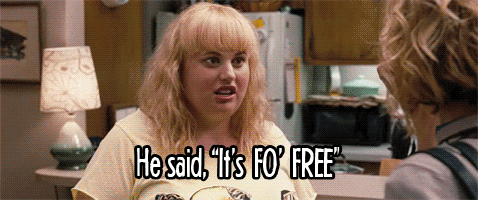In 2006 and early 2007, the United States real estate market saw appreciation like never before thanks to a financial product called a collateralized debt obligation (CDO) and the irresponsibility of big banks. A CDO is essentially a big box of insured (protected) mortgage (housing payment plan) contracts which can be invested in. These big boxes included prime mortgages, moderate mortgages, and sub-prime (crappy) mortgages all of which had their own investor bases and risk factors. But it was thanks to the crappy mortgages that the bottom of the box gave out—and everything fell out on to the floor. Homeowners defaulted on their loans en masse causing insurance companies who protected the big boxes to fail, investors to pull their money from bank funds, and the system to collapse. This caused a total economic meltdown, now dubbed The Great Recession, which has inflicted wounds that still get licked today. For some, even in their dorm rooms.
Students at The College of Saint Rose in Albany, New York are now licking those wounds.
In December 2015, Saint Rose proposed a plan to eliminate 27 academic programs and 23 faculty positions. The proposal would cut programs once deemed crucial, such as Philosophy and Economics, and focused mainly on liberal arts degrees. The college faces a $34 million variable-rate debt on top of a $9.3 million structural deficit, the former of which is mainly the result of the construction of dorms and facilities like the Massry Center for the Arts whose doors opened in 2008—the peak of the market crisis.
The school just got greenlighted by Albany’s Capital Resource Corporation to refinance this variable rate debt, a hollow deal likely created by real estate brokers in order to court more mortgage contracts, to a more stable $49 million fixed interest rate. Meanwhile, the deficit is set to be cleared up by the December program cuts and similar ones over the next few financial cycles to focus on more highly populated programs and a larger enrollment. Thanks to fiduciary shortsightedness on the part of the college, students will no longer be able to pursue programs that they originally chose to go to Saint Rose for. But, at least, more students will be brought aboard a ship whose crew only has eyes for the nearest tropical resort.
If enrollment increases and this plan is carried out, these new students will find less academic offerings and gutted department structures in those available. Essentially students will be offered their own collateralized debt obligations in the form of tuition payments and student loans with their own prime, moderate, and sub-prime programs to choose from. The new college president Dr. Carolyn Stefanco and the Board of Trustees apparently see a future for the liberal arts and higher education where colleges and universities bend to the market rather than defining it. Removing higher education’s distinction as this driving force strips it of its primary empirical value. If this motif continues in its various forms across the country, as seen at Rider University in New Jersey and Delaware State, then the United States might watch its educational system turn upside down. Where current markets drive consumer interests, academic institutions may soon start to define students’ opportunity.
Thanks to the 2008 housing market crash and its effects, refinances and institutional debt will continue to limit degree choices and ultimately redefine the student experience.








 The minimum wage is not a living wage.
StableDiffusion
The minimum wage is not a living wage.
StableDiffusion
 influential nations
StableDiffusion
influential nations
StableDiffusion












